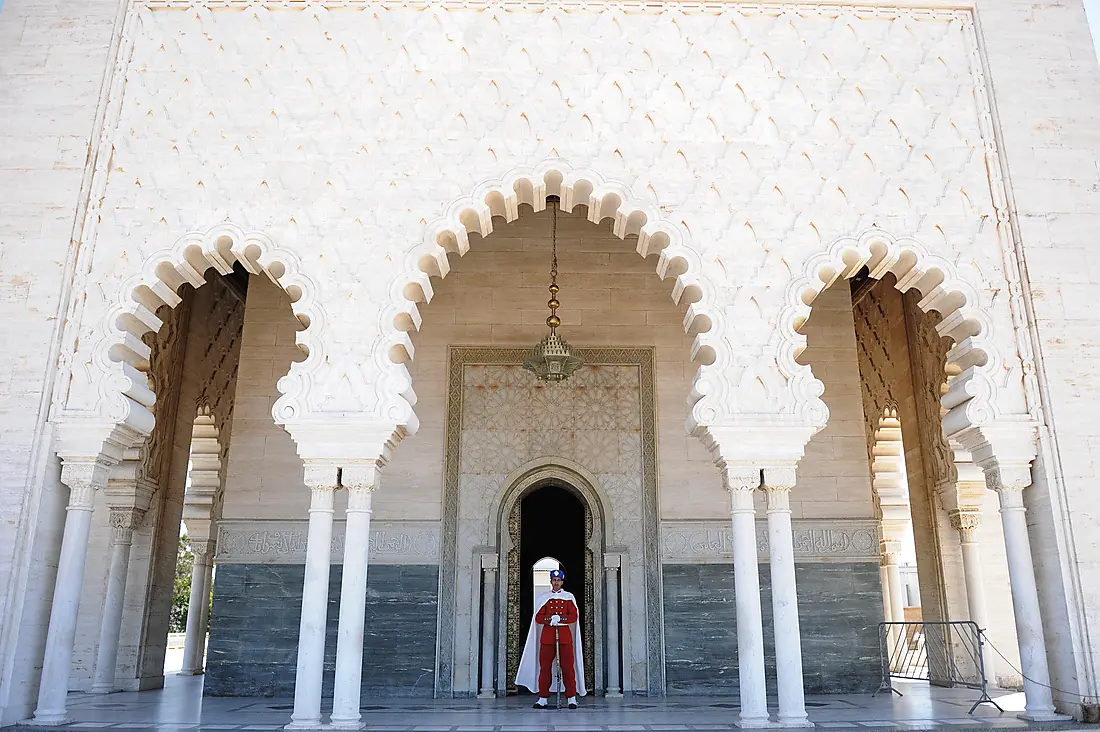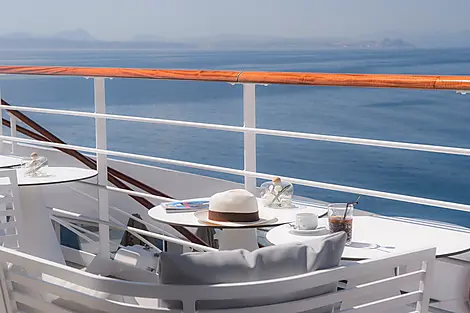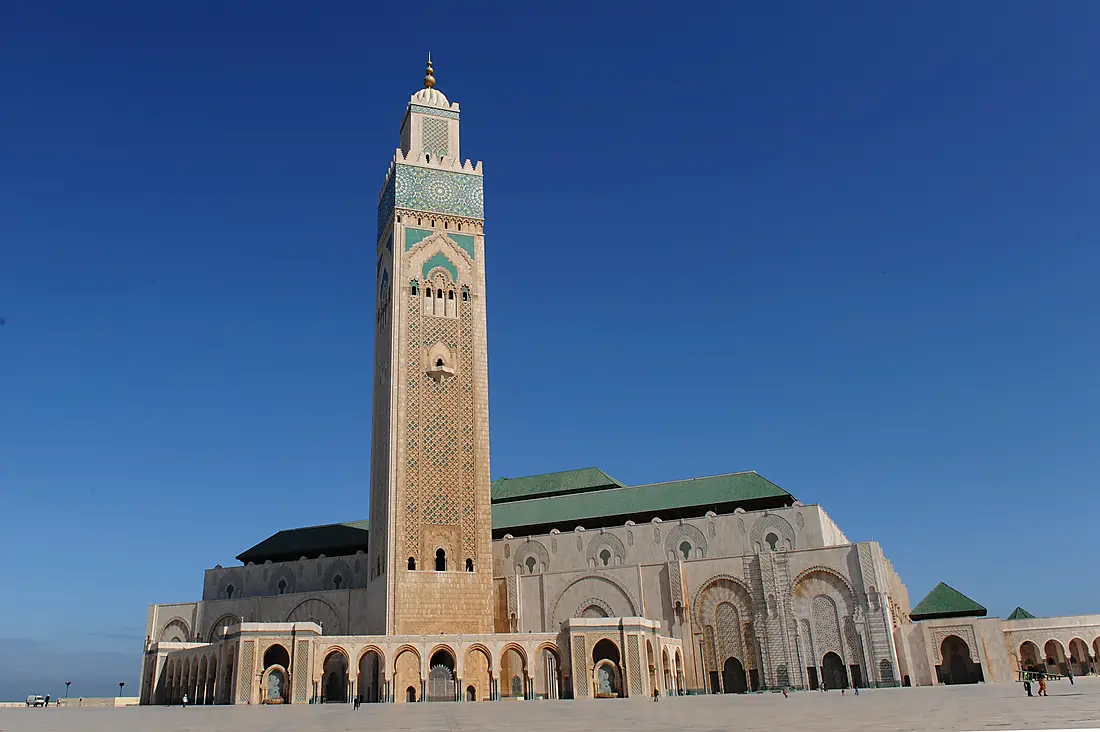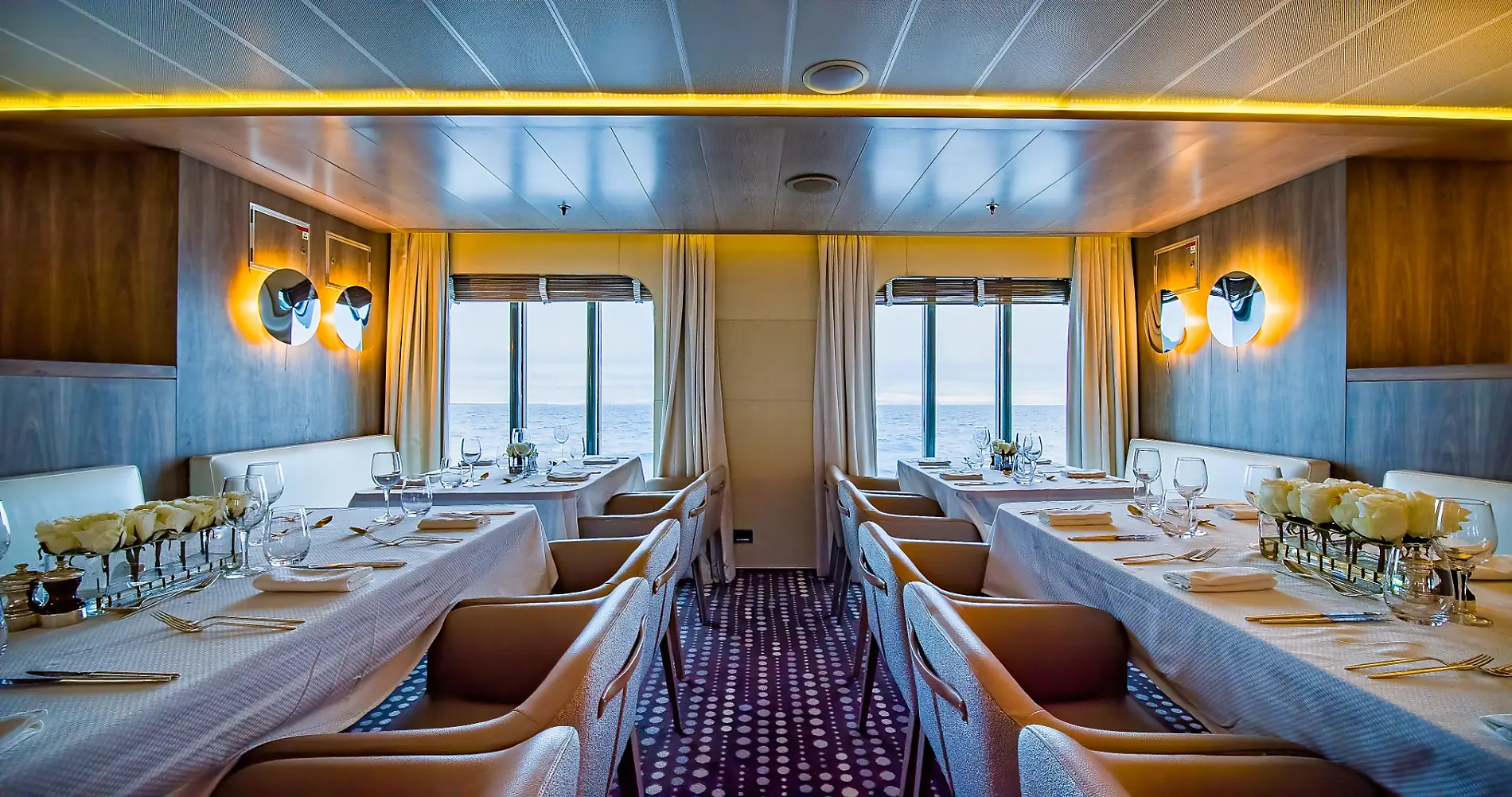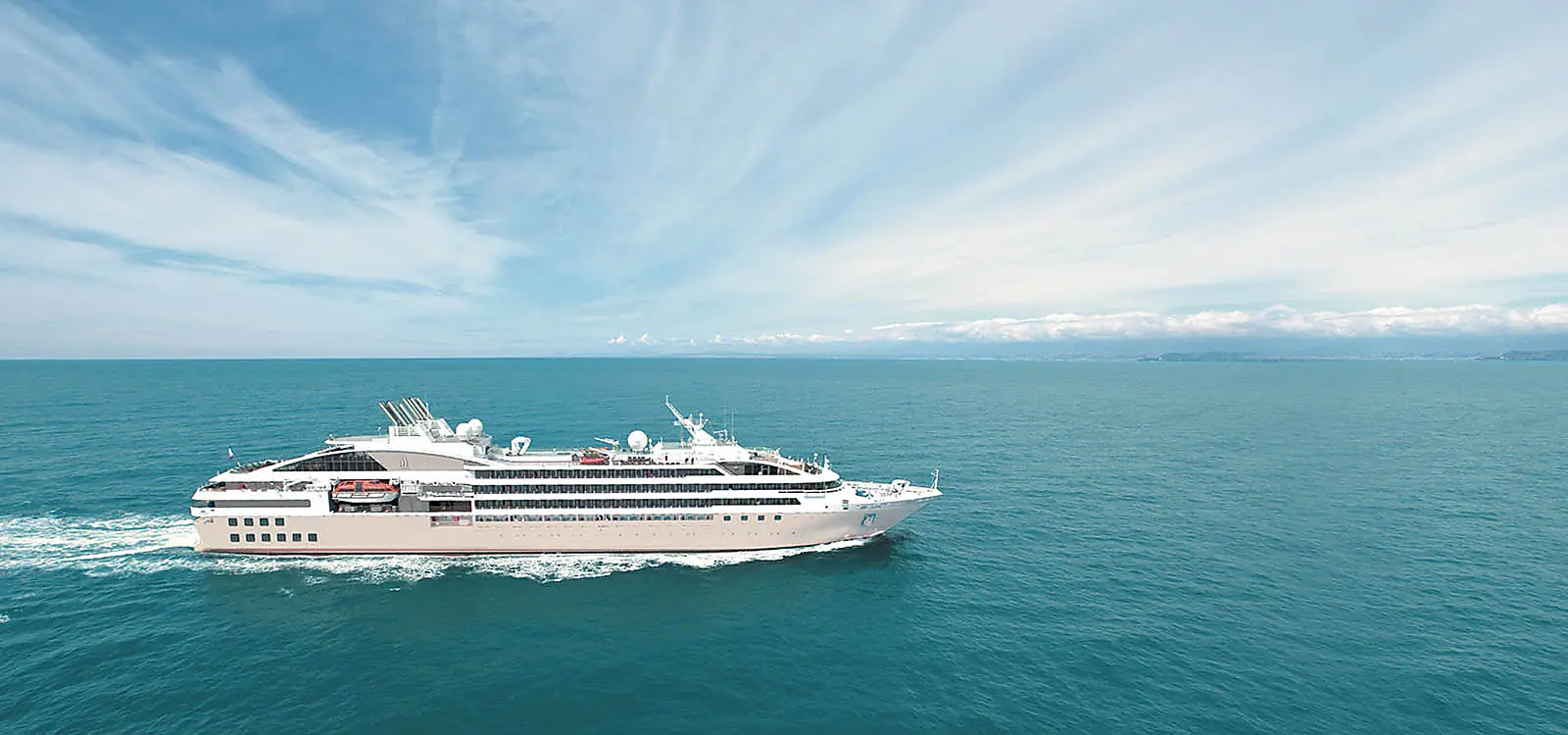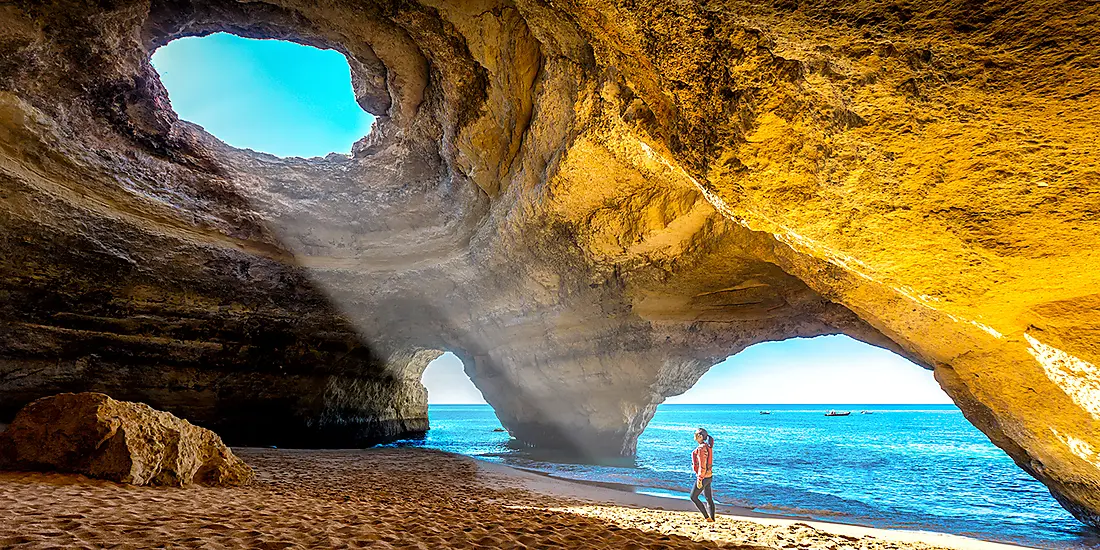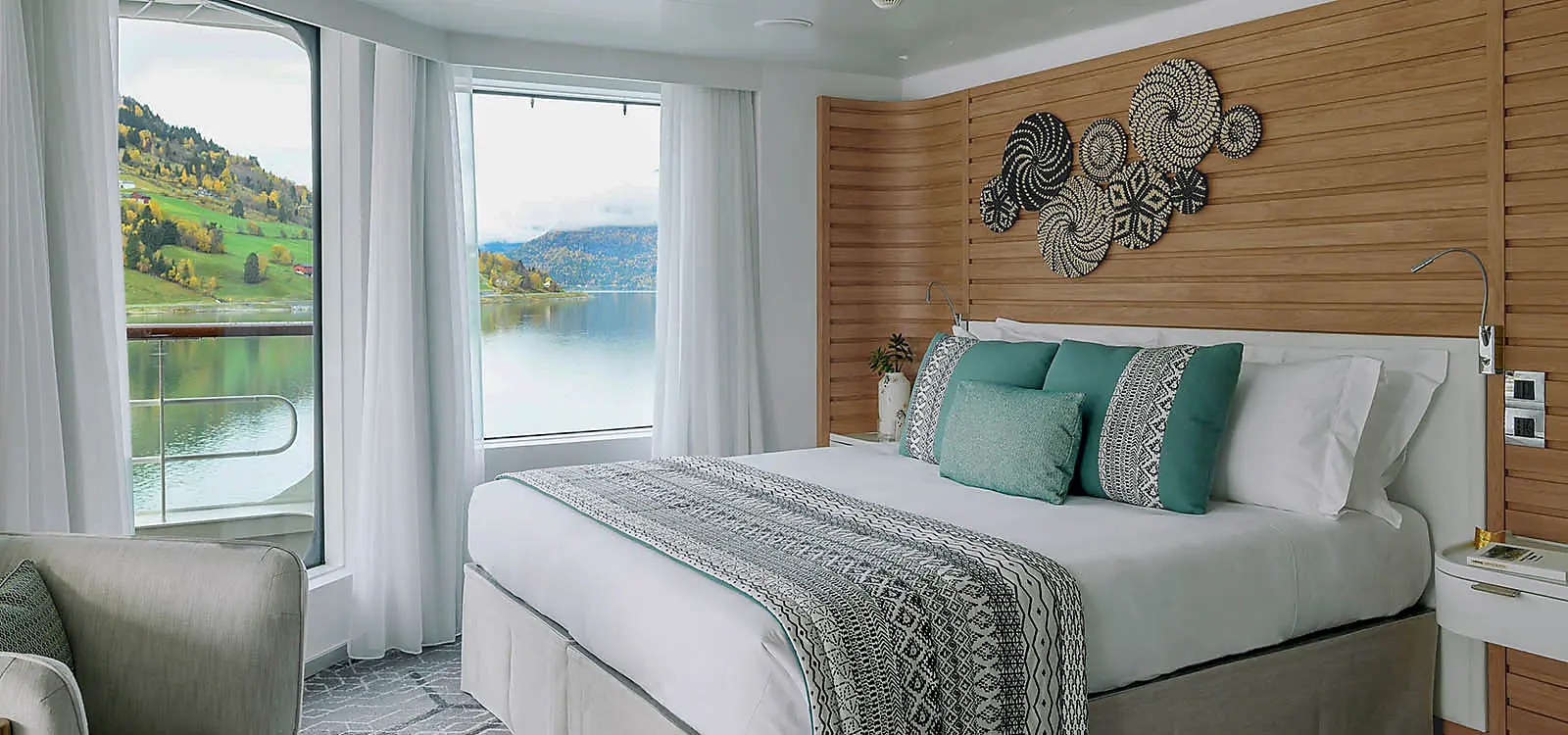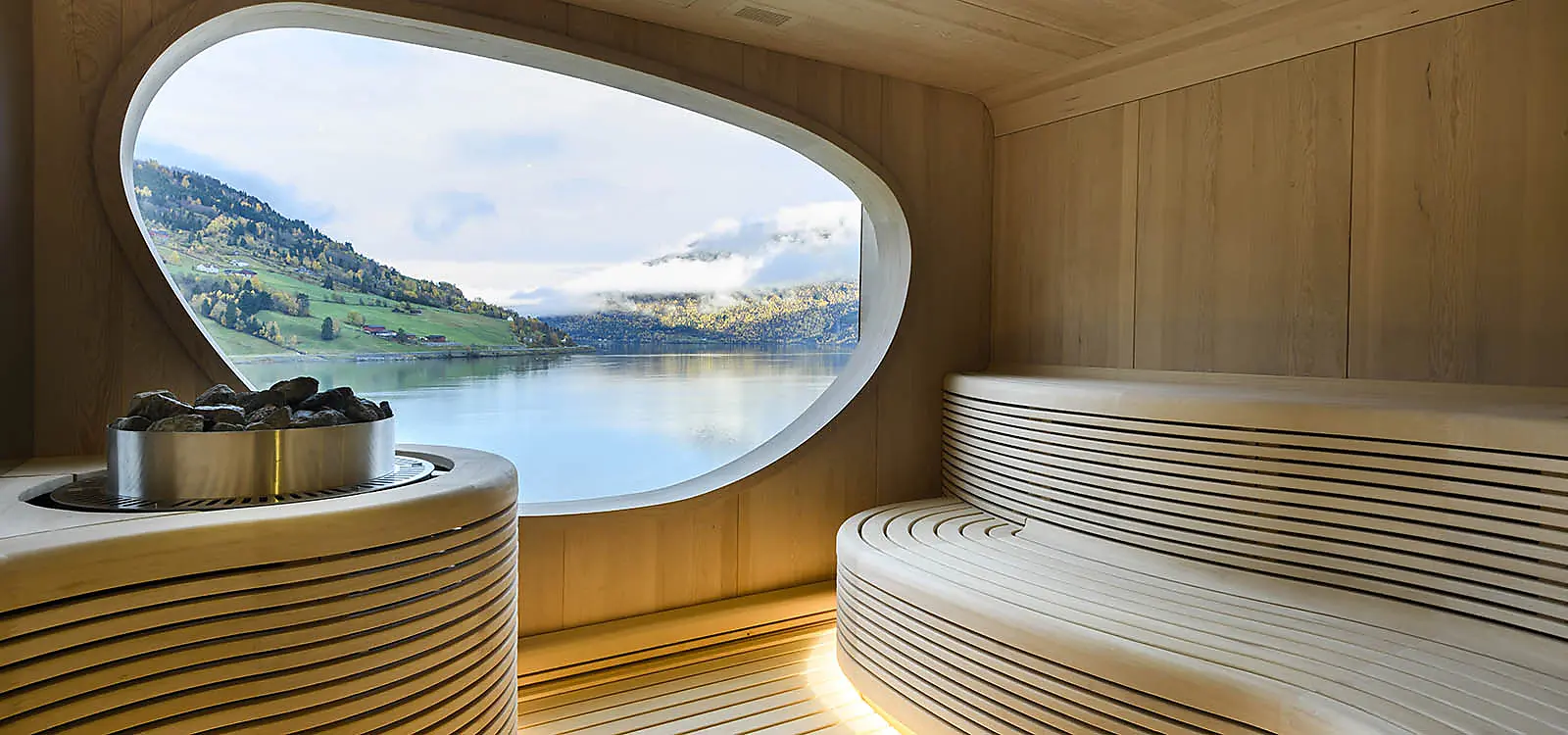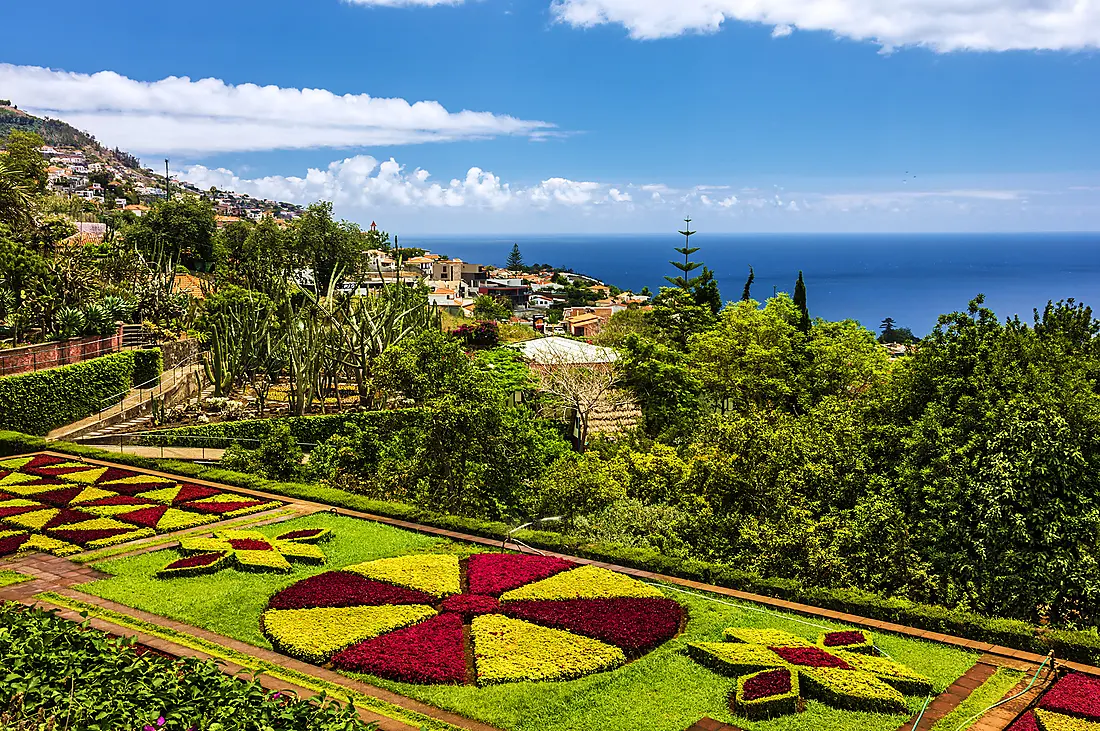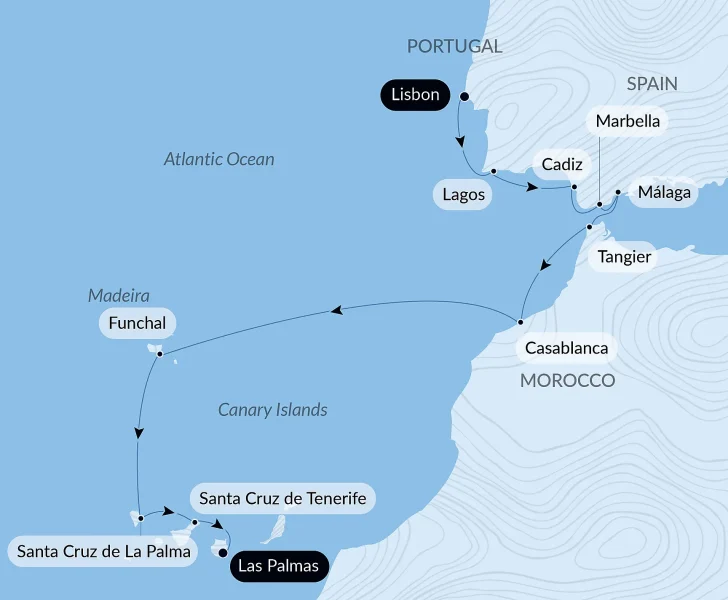DAY 1 & 2 – LISBON, PORTUGAL
Portugal’s capital city located on the banks of the Tagus, only a few kilometres from the Atlantic coast, is a city of exceptionally rich cultural diversity. At the mouth of the river harbour, impose two UNESCO World Heritage monuments, Jeronimos monastery and Belem tower. The Alfama hillside is also worth visiting: known for its fado bars and its Moorish streets, this district is the oldest one of the city and one of the most typical. Not far from there, Chiado’s elegant streets are home to big fashion labels and are an invitation to a bit of of luxury shopping.
DAY 3 – LAGOS, PORTUGAL
There stands a natural paradise called Lagos, bordered by the Atlantic Ocean, in the Algarve region of southern Portugal. With its picturesque and age-old town centre, and the Ponta da Piedade natural site sheltering paradisiacal beaches protected by captivating limestone cliffs in hues of ochre, Lagos enthrals, fascinates and enchants. In this interesting blend between nature and culture, do not miss the chance to stroll along the small paved streets of its historic centre, surrounded by impressive Moorish ramparts and edged with traditional white houses, with decorations sculpted in the stone. In particular, you will be able to admire the Manuelian-style Governor’s Castle, the 17th-century Ponta da Bandeira Fort or the Church of Santo António in Baroque architecture.
DAY 4 – CADIZ, SPAIN
Andalusia’s Cadiz is located on the Costa de la Luz, in the south-west of Spain. From the beaches of Cortadura, to the flamenco bars of Santa Maria, through the colourful streets of la Viña, you will be amazed by this city, which is both steeped in history and extremely festive. In the medieval El Pópulo district, you will stroll along covered passages in the narrow gaps between houses. You will also be able to mosey around the lush Mina square. The star of the show is the magnificent cathedral and its dome crowned with yellow porcelain, presiding above the Ocean.
DAY 5 – MARBELLA, SPAIN
In the province of Malaga, Marbella is a renowned seaside resort on the Costa del Sol. The remains of early Christian and Roman sites around this former mining town, located at the foot of the Sierra Blanca mountains, bear witness to a rich history. With its white houses on flowery little streets, the old town is perfect for a pleasant stroll. The Plaza de los Naranjos, former focal point of the city, is near the 10th-century Arabic castle and the Church of Santa María de la Encarnación. Not far from here, you’ll be able to discover the magnificent viewpoints offered by Ronda, a picturesque town perched 700 metres (2,296 feet) high. Its Puente Nuevo bridge majestically crosses the gorges of the Guadalevin River that cuts the town in two.
DAY 6 – MALAGA, SPAIN
A historical and festive town, Malaga is located in Andalusia, on the Costa del Sol. Between the marina and the beaches, the seaside promenade of La Farola offers an ideal setting for strolling and relaxing. Set slightly further back, the Malagueta bullring is one of the emblematic sites of the city. From the hill overlooking the old town, one can see Gibralfaro castle and the Alcazaba, two fortified ensembles rising out from the cypresses and maritime pines. To visit Pablo Picasso’s birthplace, you will go first to the courtly plaza de la Merced. A few streets back from here, you can explore the museum dedicated to the artist, in the Buenavista palace.
DAY 7 – TANGIER, MOROCCO
Nestling in the Bay of Tangier, this bewitching Moroccan city lies at the northwestern tip of the country, along the famous Strait of Gibraltar. Following in the footsteps of the writers and artists inspired and seduced by the city’s climate and setting, you’ll love its rich landscapes and multicultural charm. You’ll instantly understand as soon as you set foot in the heart of the Medina. An architectural masterpiece, the Kasbah is your gateway to the Sultan’s Palace and its gardens. If you prefer beaches to museums, you can relax just a few minutes from the city on the beautiful sweep of sand bathed by the Atlantic Ocean.
DAY 8 – CASABLANCA
Situated along the Atlantic coast, Casablanca is the very image of contemporary Morocco: Westernised and cosmopolitan. Exploring the architectural heritage of the “White City” tells you all you need to know about its cultural and historical diversity. Breathtaking highlights include the majestic Hassan II Mosque, considered to be one of the greatest religious buildings in the world. You can explore the narrow alleys of the old Medina, which stand in sharp contrast to the surrounding modern architecture. To get the most from the seafront, the Ain Diab Corniche provides a pleasant place for strolling with easy access to the beach.
DAY 9 – AT SEA
During your journey at sea, make the most of the many services and activities on board. Treat yourself to a moment of relaxation in the spa or stay in shape in the fitness centre. Depending on the season, let yourself be tempted by the swimming pool or a spot of sunbathing. This journey without a port of call will also be an opportunity to enjoy the conferences or shows proposed on board, depending on the activities offered, or to do some shopping in the boutique or to meet the PONANT photographers in their dedicated space. As for lovers of the open sea, they will be able to visit the ship’s upper deck to admire the spectacle of the waves and perhaps be lucky enough to observe marine species. A truly enchanted interlude, combining comfort, rest and entertainment.
DAY 10 & 11 – FUNCHAL, MADEIRA
This attractive capital of Madeira is located on the southern coast of the island. The walkways of the old town are lined with azulejos, or multi-coloured mosaics. If you follow these patterns, they’ll lead you to the appetising Mercado dos Lavradores market stands, the Frederico de Freitas museum, and the golden panelling of the Cathedral de la Sé. Along the waterfront, the palm tree-shaded promenade leads you to the teleféricos de Monte, Madeira’s cable cars. Its panoramic cabins transport you over the city to top of Monte, where you can see the picturesque botanical garden.
DAY 12 – SANTA CRUZ DE LA PALMA, CANARY ISLANDS
The capital of the island of Palma, Santa Cruz de la Palma is the pearl of the Canaries. Founded in 1493 by the conquistador Alonso Fernandez de Lugo, the city has preserved a large and atypical architectural heritage from its colonial past, with its traditional Canarian houses adorned with brightly coloured wooden balconies, its cobbled streets, its sumptuous palaces and its numerous religious buildings. The Santa Catalina Castle is the symbol of the city. This 16th century military fortification helped defend the city from repeated attacks by French privateers.
DAY 13 – SANTA CRUZ DE TENERIFE, CANARY ISLANDS
The capital city of Tenerife is located on the north-east coast of the island. Close to the port is the monumental Plaza de España, bedecked with a fountain and plant sculptures. Around the plaza, you can admire the white marble Triunfo de la Candelaria obelisk, the historic casino of Santa Cruz and the majestic Guimerà theatre. Not far from here, the picturesque Iglesia de la Concepción church features the characteristic traits of Canaries architecture.
DAY 14 – LAS PALMAS DE GRAN CANARIA, CANARY ISLANDS
A stopover of sunny climes, Las Palmas is located on the north-east coast of Gran Canaria. A few streets away from Puerto de la Luz port, you’ll discover the vast Las Canteras beach, bordered with the town’s characteristic palms. You’ll find these palms are all over Las Palmas, in the streets and squares, especially on the plaza de Santa Ana in the heart of the historical district. It feels like you’ve travelled back in time here, as you stand looking at the tall houses beside the Santa Ana cathedral. Very close by, you can visit the Casa de Colón, a museum dedicated to the famous explorer. The museum is housed in the palace belonging to the island’s former governor. Chances are, you’ll be drawn to the covered Vegueta market to partake in some daily life along with the locals and taste some unfamiliar dishes.


